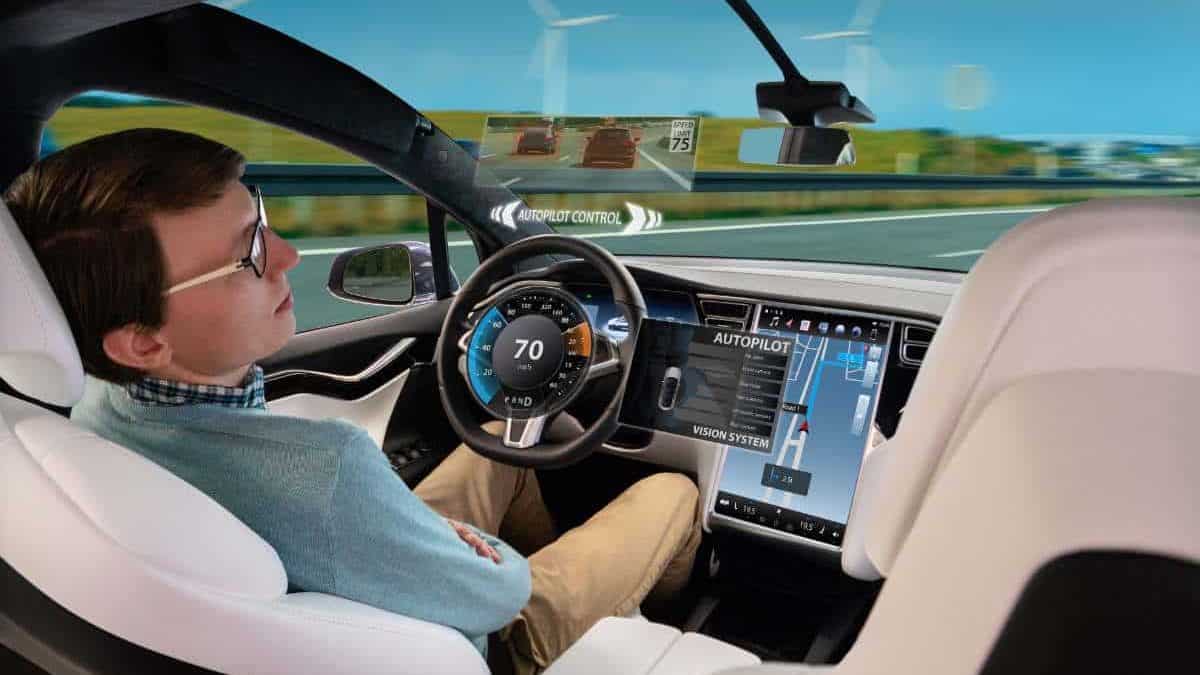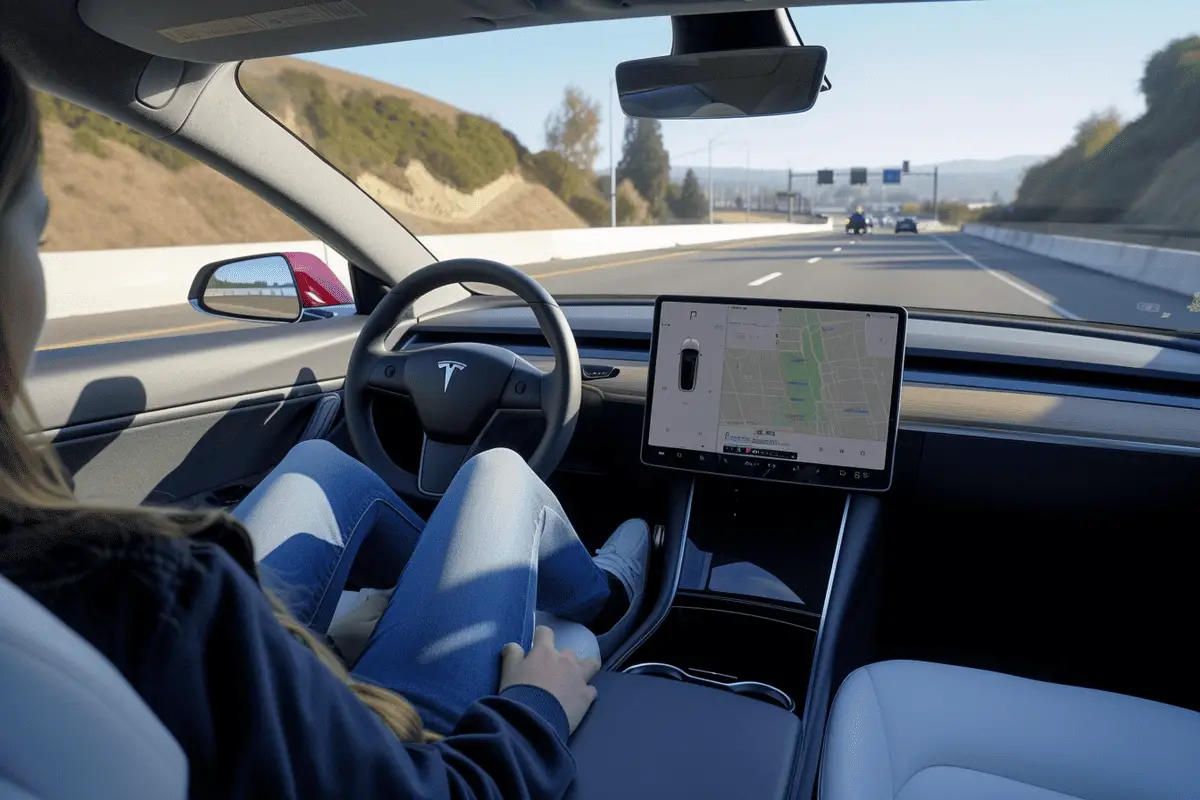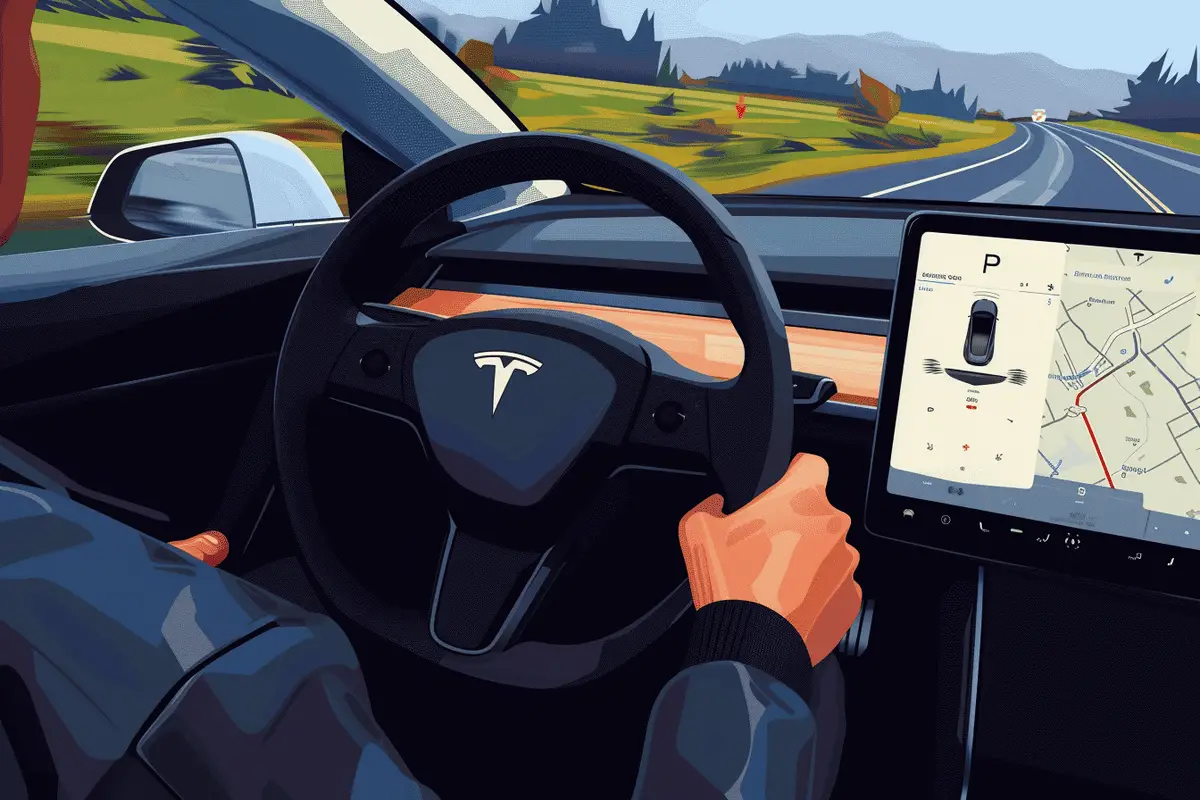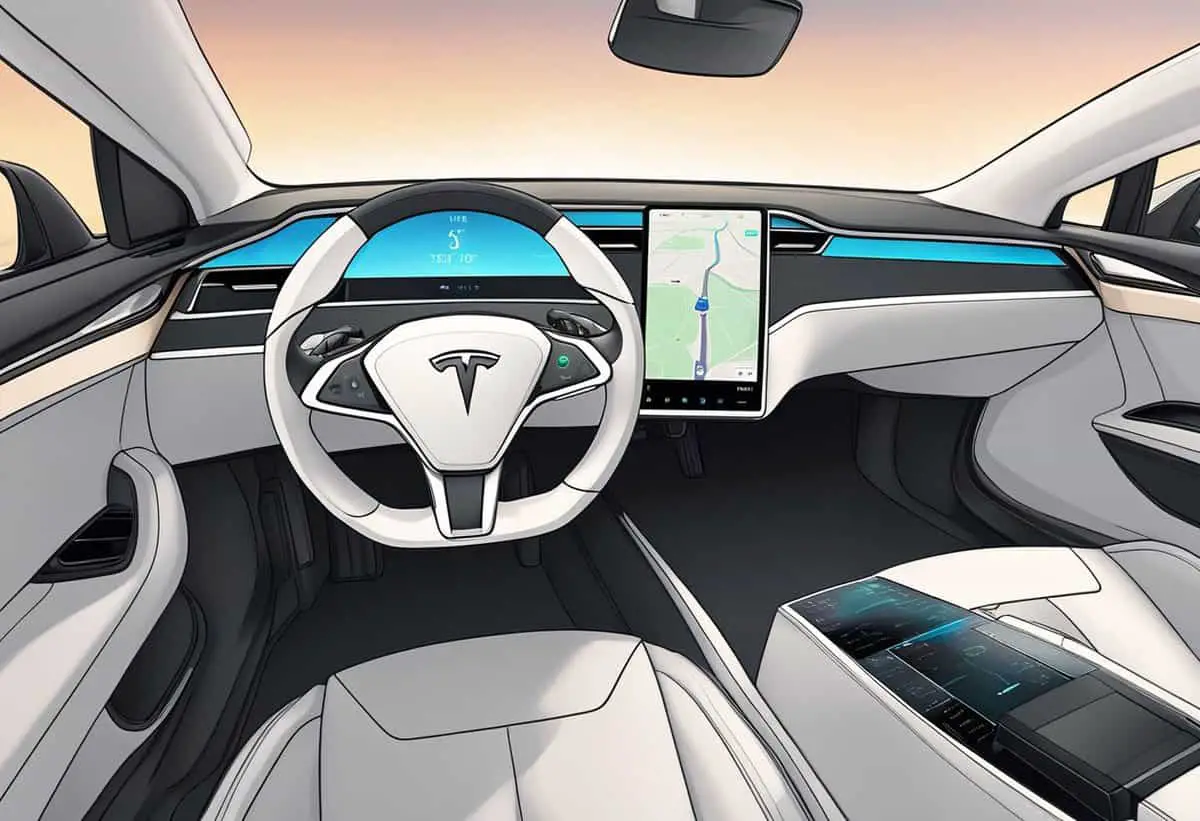As vehicle technology advances, Tesla Autopilot has become a significant feature for Tesla electric vehicles, providing drivers with a sophisticated Level 2 autonomous driving system.
However, there may be times when the Autopilot is not available, an issue that can stem from various causes, ranging from minor glitches to serious malfunctions.
Understanding why the Autopilot feature may be temporarily unavailable is essential for Tesla drivers to ensure safe driving practices and to make the most of their vehicle’s technological capabilities.

At the heart of Tesla’s innovative approach to driving is the Autopilot system, an autonomous driver assistance system designed to reduce the workload on the driver. It offers features like adaptive cruise control, lane keeping, and traffic-aware navigation amongst others.
When these features are intermittently or consistently unavailable, it can be an inconvenience at best and at worst may signal an underlying issue that needs immediate attention.
Knowing how to manage and troubleshoot Autopilot settings may help restore functionality or when necessary, guide you to seek professional service for your vehicle.
Key Takeaways
- Tesla Autopilot enhances driving by providing advanced driver assistance features.
- Unavailability of Autopilot can be due to a variety of factors requiring different troubleshooting steps.
- Familiarity with Autopilot management and updates ensures optimized functionality.
Understanding Tesla Autopilot
Tesla’s Autopilot System Components
The Tesla Autopilot system is an intricate suite built upon a powerful computer designed for rapid data processing. Your Tesla analyzes inputs from a network of cameras, ultrasonic sensors, and radar to provide a comprehensive understanding of its surroundings.
The core components of Tesla Autopilot include:
- Adaptive Cruise Control: This adjusts your car’s speed to maintain a safe distance from vehicles ahead.
- Autosteer: Helps keep your car centered in its lane.
- Auto Park: Assists in parallel and perpendicular parking scenarios.
This autonomous driver assistance system continuously evolves through over-the-air software updates, aiming to improve safety and add new features, ensuring your Tesla’s capabilities are always at the cutting edge.
Troubleshooting Common Autopilot Issues
When your Tesla’s Autopilot feature is not available, it can be due to several issues. Understanding and troubleshooting these problems ensures you stay on track with this advanced assistance system.

Calibration Problems
Your Tesla’s Autopilot needs to calibrate properly to function. If you’re experiencing issues, check the calibration status in your vehicle’s display; it should not be greyed out.
Calibration issues often resolve by driving at a range of speeds and on well-marked roads until the system completes its calibration process. If the problem persists, a soft reboot—holding down the scroll buttons on the steering wheel until the touchscreen turns off and then on again—may help.
Software and Firmware Glitches
At times, software or firmware issues can hinder Autopilot’s performance. If you suspect this as the cause, verify if there are any pending software updates and install them.
Sometimes a hard boot, achieved by powering down your vehicle for a couple of minutes and then restarting, can resolve underlying software glitches that might not be immediately apparent.
Hardware Malfunctions
Autopilot relies on a suite of sensors and cameras to operate. When these components malfunction, Autopilot can become unavailable. Look for any visible signs of blockage or damage to the sensors.
If your car’s display issues a hardware error message, scheduling a service with Tesla is recommended as this might indicate a more serious problem that requires professional attention.
Managing Autopilot Settings

To ensure a safe and personalized driving experience, Tesla provides you with an interface to adjust your vehicle’s Autopilot functionality. This customization is crucial for the system to align with your driving preferences.
Adjusting Autopilot Preferences
Autopilot is designed to assist you with driving and can be personalized to fit your comfort level. To modify these settings, you need to access the Autopilot menu from the central touchscreen in your Tesla. Here’s a step-by-step approach:
- Navigate to the Settings: Tap on the ‘Car’ icon on your touchscreen.
- Access Autopilot Settings: Select ‘Autopilot’ from the list of options.
- Adjust as Needed: You can change features such as following distance, lane change notifications, and speed limit adjustments. Each setting can be increased or decreased using the on-screen prompts.
The gear stalk on the right-hand side of the steering wheel plays a vital role in the operation of Autopilot. By pulling the stalk down twice in quick succession, you can engage the Autopilot feature. Always ensure that you’re holding the steering wheel and ready to take over at any time.
Understanding the Autopilot Menu
Your Tesla’s Autopilot menu provides a range of options that you can toggle on or off:
- Autosteer: Keep this feature enabled to allow your Tesla to steer within a detected lane.
- Navigate on Autopilot: For supported trips, activate this to enable your Tesla to suggest and make lane changes to follow a route.
- Summon: Safely move your Tesla in and out of tight spaces without being inside the car.
Remember, it’s pivotal to stay alert and in control despite these conveniences as they’re designed to assist rather than replace an attentive driver.
Upgrades and Subscription Services

When considering enhancing your Tesla’s capabilities, you have the option to choose between one-time upgrade packages or ongoing subscription services. These upgrades can significantly improve your driving experience with advanced driver-assistance features.
Enhanced Autopilot and Full Self-Driving Packages
Enhanced Autopilot (EAP) offers features like Navigate on Autopilot, Auto Lane Change, Autopark, and Summon. Your Tesla must have the appropriate hardware to support these features, and you can purchase EAP as an upgrade if it’s not already enabled.
Full Self-Driving (FSD) includes all EAP features, plus Traffic Light and Stop Sign Control, and the promise of future autonomous capabilities as they become available. FSD requires the Full Self-Driving computer 3.0 or above, and purchasing this package is a larger investment aimed at those looking to maximize their vehicle’s autonomy.
Subscription Options for Autopilot
If you’re not ready to commit to a full purchase, subscription services offer a flexible approach. You can subscribe to FSD capability on a month-to-month basis if your car has the required hardware, which includes at least the Autopilot computer 3.0.
You can check your vehicle’s eligibility and subscribe through the Tesla interface or the Tesla mobile app. Remember, hardware upgrades for FSD capability are not complimentary if subscribing; any necessary upgrades may incur additional costs.
Subscriptions allow you to enjoy the latest features without the upfront cost of a complete package, though over time, the costs could add up to exceed the one-time purchase price.
To manage your subscriptions or check available upgrade options in detail, the Tesla website and app are your go-to resources.
Model-Specific Autopilot Features

Tesla’s Autopilot system offers varying functionalities across different models. Your experience with Autopilot will depend on whether you drive a Model 3, Model Y, Model X, or Model S. Each has unique features tailored to its design and capabilities.
Autopilot in Tesla Model 3
The Model 3 is equipped with Autopilot capabilities designed for safety and convenience on the road. Your Model 3 can maintain its lane, adjust its speed in response to traffic, and apply brakes when necessary. It’s important to check for the latest software updates to ensure you have access to the current features for your Tesla Model 3.
Autopilot in Tesla Model Y
If you own a Model Y, the Autopilot system is similar to that of the Model 3 but upgraded for this vehicle’s specific dimensions and driving style. Your Autopilot experience includes features like automatic steering on highways and adaptive cruise control. For more detailed information on the Model Y, visit Tesla’s support page.
Autopilot in Tesla Model X
Driving a Model X means enjoying a higher level of luxury and more expansive Autopilot features. The Model X provides enhanced autopilot options such as summoning your car from a parking spot. The official Tesla release notes can be reviewed for the latest features available.
Autopilot in Tesla Model S
The Model S offers the most advanced version of Autopilot, including the ability to navigate from on-ramp to off-ramp on the highway. Model S owners benefit from full self-driving capabilities in certain conditions, which are constantly being improved upon in successive software updates. Check the navigation capabilities of the Autopilot in the Model S owner’s manual.
- Tesla Charger Installation Cost (Home Setups) - March 1, 2024
- Tesla Phone Key Disconnected (Troubleshooting Guide and Quick Fixes) - March 1, 2024
- Tesla FSD 12 (Explained) - March 1, 2024